If you are currently a Dynamic Cyclist subscriber the use of a ball, of some sort, has become one of your primary self care tools. Nothing feels better than TFL release, am I right?! But this little addition to your stretching and mobility programs can be something you take on trips and races as your own personal deep tissue masseuse.
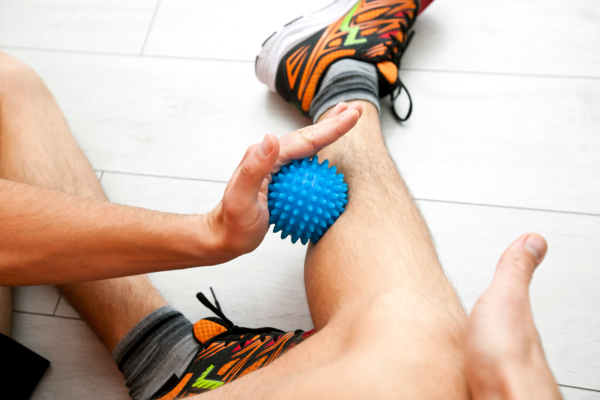
I always bring a ball with me on trips and races. It’s relatively small, light and easy to pack and is the next best thing to a foam roller. At the end of a 20 hour riding day nothing feels better than to sit down and roll out the muscles and fascia. Here are some ways you can use one to help settle the legs down after a long day in the saddle.
Rolling out the quads: Simply sit on the ground with your legs straight out in front of you. Take the ball in your hand, roll it up and down your quad, pressing deeply into the muscle. You can dig right into your adductors and IT bands as well.
Shin and Calf: Still sitting, take the ball and roll it up and down the muscles on the outside of your lower leg. You can also place the ball on the ground underneath your calf and apply pressure to roll that area out as well. Spend time pressing on the more tender spots to facilitate release.
Glutes: Just like you would with a foam roller, place the ball on the ground, place your glute on top of it and roll around. This can be pretty gnarly as the ball applies a lot more pressure than the foam roller. Simply place more weight on your feet and hands to reduce the pressure. You can also do this against a wall to better control pressure.
TFL: Cyclists can really suffer here. To find the TFL, place your finger on the front of your pelvic bone. Slowly move down and to the outside of the thigh until you feel a ropey muscle that is the width of a finger. It may be tender to touch. You can roll the TFL with the ball by hand or you can use the ground or the wall to really dig in.
Shoulders, Back and Scapulae: Place the ball on the ground or use a wall to focus pressure on various knots in these areas.
Feet: Place the ball on the ground and while sitting, roll the bottoms of your feet from the heel to the ball to give yourself a lovely foot massage.
Arms: After being on the bars all day, simply rolling the ball over the muscles in the upper and lower arms can feel great and will get the blood circulating again.
For something so small and unassuming, the cork ball can really help in relieving tension in the body. It’s cheap, light, portable and really effective at finding those spots that need the most attention. Check your local yoga shop to see if they have them or you can pick them up on Amazon for less than $20.
Written by Steve O’ Shaughnessy – Distance Cyclist & Podcaster
A Bit About Steve
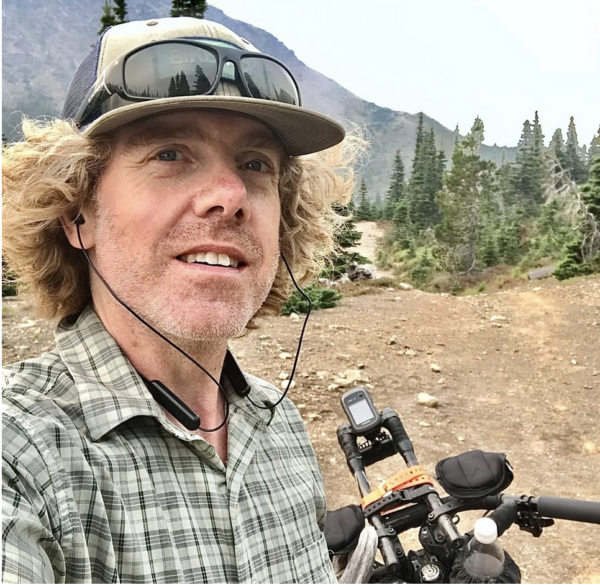
Hi, I’m Steve O’Shaughnessy, born and raised in the town of Deep River, Ontario. I first moved west in the early 90’s and made Whistler, British Columbia my home. Years later and after careers in retail, information technology and coffee roasting I’d find myself with a wife and family in Invermere, British Columbia.
I started cycling in my 20’s after moving to Whistler, and what a place to learn to ride mountain bikes. I was a guide on Whistler Mountain well before its absorption by Intrawest. I spent most of my time on singletrack and still love a rip on the trails every now and then, but lately, riding distances has become very attractive to me.
In 2018, I rode the BC Epic 1000 and finished in (4d 4h), in 2019 I rode an ITT of the Lost Elephant (2d 15h) then again in 2020 on my single speed, where I finished in 2nd (2d9h30m) behind Justin Hettinga. 2021 was the year of my BC Epic yoyo when I also raised a modest $2000 for the Masaka Cycling Club. A huge personal challenge for me that was also a great success.
In 2018, after the tragic loss of Ryan Correy, I picked up the Bikepack Canada podcast and put out 23 episodes before branching out to start my own podcast, My Back 40. As a podcast producer and host, my mission is to bring listeners inspiring conversations about bikepacking, ultra endurance racing, training, nutrition and the mental health benefits of this awesome activity.
I enjoy writing and recording conversations with inspiring people. If I have learned anything after over 100 conversations I’ve had, it’s that everyone has a story and can inspire. I have also learned that we are all so much more capable than we give ourselves credit for.
Check out Steve O’Shaughnessy’s podcast ‘My Back 40’!
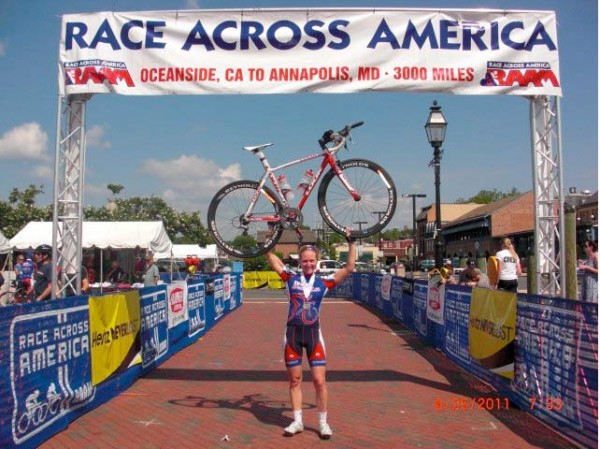
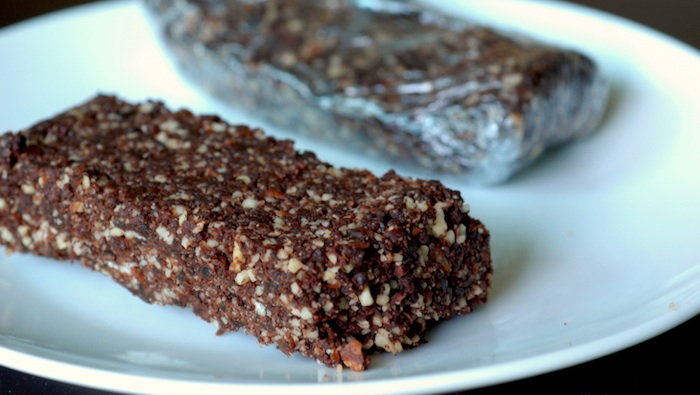
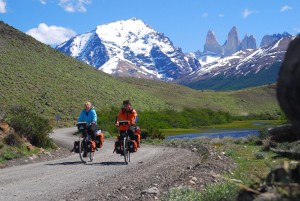 Long distance cycling can be more than a little intimidating, especially if you have only ever used your bike for the daily commute into work. However, it is an excellent sport and one that is ideal if you want to build your overall fitness and endurance levels.
Long distance cycling can be more than a little intimidating, especially if you have only ever used your bike for the daily commute into work. However, it is an excellent sport and one that is ideal if you want to build your overall fitness and endurance levels.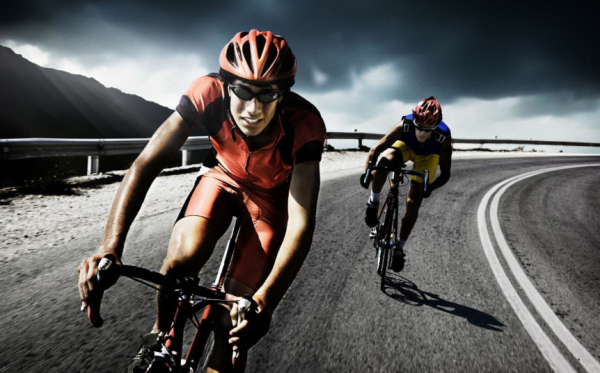 So you want to tackle cycling 100 miles (also known as a century)!
So you want to tackle cycling 100 miles (also known as a century)!